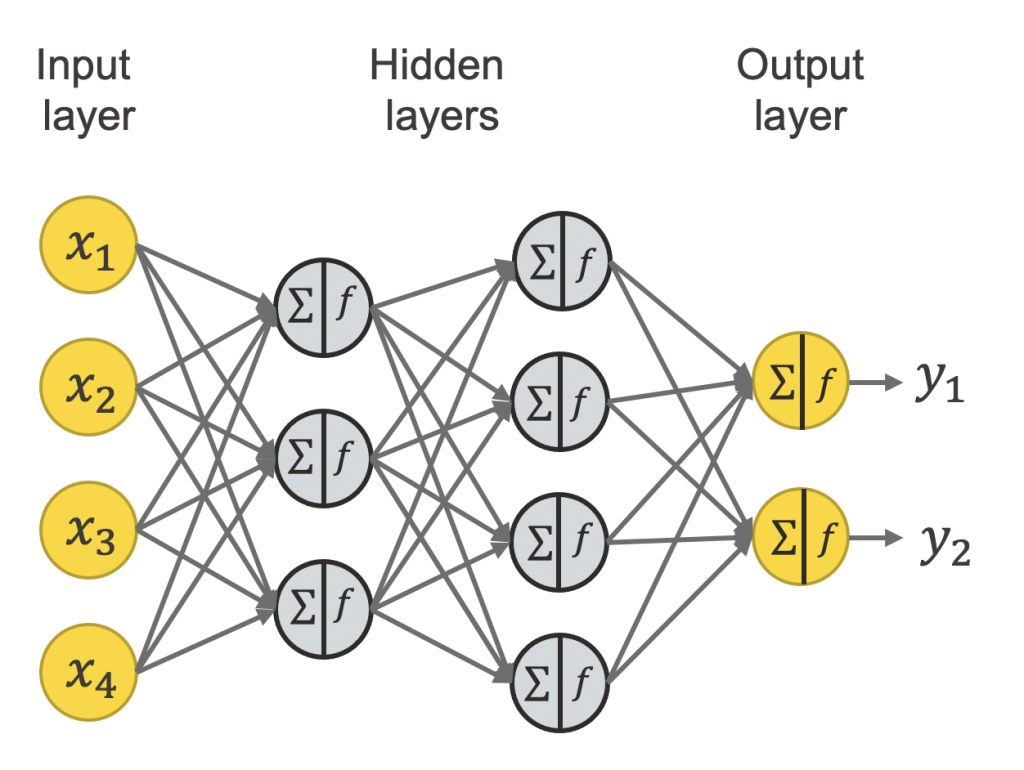
Introduction:
The neural network is a fascinating aspect of artificial intelligence (AI) that mimics the human brain’s functioning. Furthermore, they play a crucial role in various applications, ranging from image recognition to language translation. However, in this article, we’ll explore the basics of neural networks, their working principles, and where they find practical applications.
How Neural Network Work:
1. Neurons: The Building Blocks
Imagine a neural network as a virtual brain made up of interconnected nodes called neurons. Additionally, these neurons are inspired by the neurons in the human brain. Each neuron receives input, processes it, and produces an output.
2. Layers: Organizing Neurons
Neural networks consist of layers. Moreover, the input layer receives information, the output layer produces the final result, and in between, there are hidden layers where complex processing occurs. The connections between neurons have weights, influencing the strength of the signals.
3. Learning: Adjusting Weights
Neural networks learn through a process called training. During training, the network is exposed to a dataset, and it adjusts the weights of connections to minimize the difference between predicted and actual outcomes. This is typically achieved through backpropagation, where errors are propagated backward, influencing the weight adjustments.
Applications of Neural Network:
Now that we have a basic understanding of how neural networks work, let’s explore some real-world applications.
1. Image Recognition
Neural networks excel at recognizing patterns, making them ideal for image recognition tasks. They power facial recognition systems, self-driving car technology, and even assist in medical image analysis.
2. Natural Language Processing (NLP)
In the realm of language, neural networks are instrumental in natural language processing. They enable machines to understand and generate human-like text, making applications like chatbots and language translation services possible.
3. Recommender Systems
Ever wondered how streaming platforms suggest movies or music tailored to your preferences? Nonetheless, Neural networks are behind these recommender systems, analyzing your past choices to predict what you might enjoy in the future.
4. Healthcare
Neural networks contribute significantly to healthcare by aiding in disease diagnosis and prognosis. They analyze medical images, detect anomalies, and assist in predicting patient outcomes.
5. Financial Forecasting
In the financial world, neural networks are employed for predicting stock prices, identifying investment opportunities, and managing risks. Their ability to process vast amounts of data helps in making more informed decisions.
Challenges and Future Directions:
While neural networks showcase impressive capabilities, they grapple with challenges like interpretability (the ability to explain their decision-making) and potential biases in the data they use. Ongoing progress in methodologies like Explainable AI strives to tackle these concerns, aiming to enhance the transparency and accountability of neural networks.
Conclusion:
In conclusion, Neural networks stand as a cornerstone of modern AI, revolutionizing industries and driving technological innovation. Their ability to learn complex patterns from data continues to reshape our world, promising further breakthroughs in diverse fields and shaping the future of technology.
In essence, neural networks, with their ability to simulate human-like learning, are transforming how machines perceive, learn, and make decisions, marking an era of incredible possibilities in artificial intelligence.
Learn More – Information Courtesy

Awesome! Its genuinely remarkable post, I have got much clear idea regarding from this post